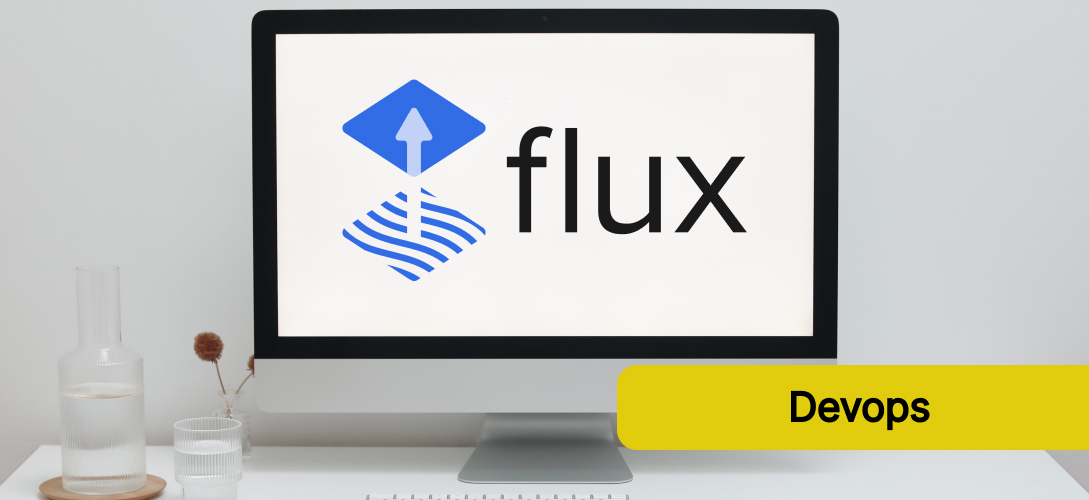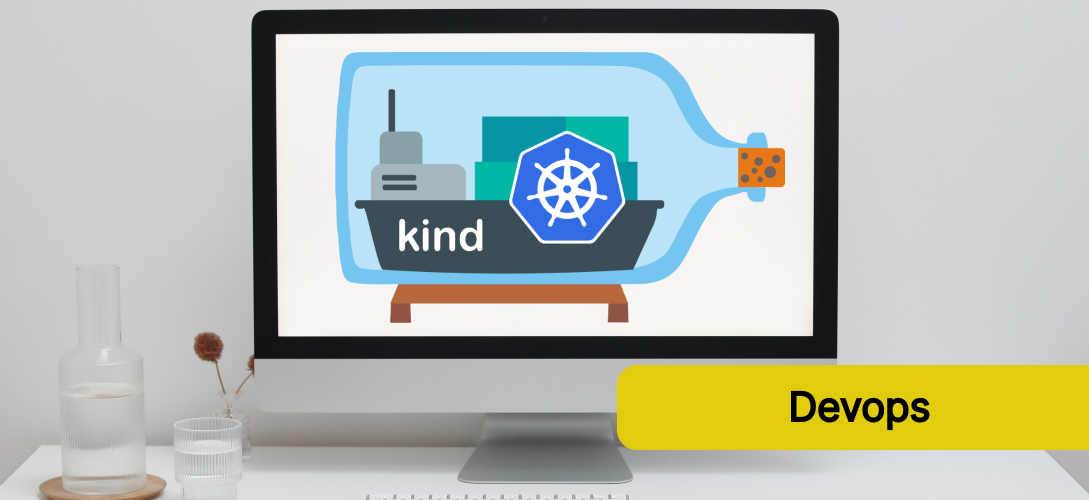My Homelab Evolution: From Single Server to 3-Node Powerhouse
Introduction Homelabbing has always been an exciting and educational experience for me. It’s a journey that started with a single server and has now evolved into a powerful 3-node cluster, allowing me to explore and experiment with a variety of technologies.
Continue reading

